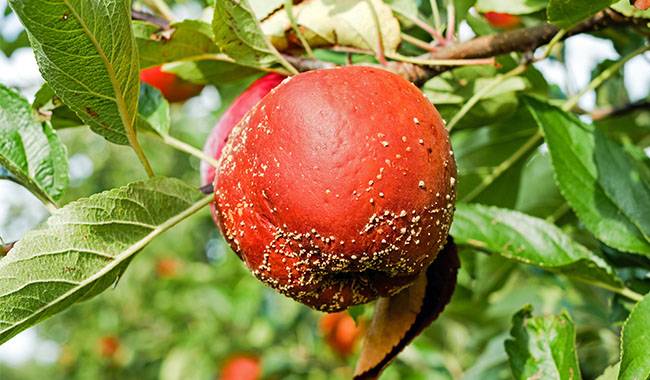
After planting young apple tree seedlings, many gardeners tirelessly take care of them and wait for a steady harvest to weaken their attention. Something they forgot to do, something they didn’t have time to do, and here the first problems have appeared.
One of them is the fruit rotting on the tree. It’s impossible not to notice it, and naturally, the question arises – what is it and how to deal with it?
Why do apples rot on the branches and how to prevent this trouble? We will show you in the article.
The main cause of apple rot on trees is Candida. this is a fungal disease with a wide variety of species that affects fruit, stone fruits, and even ornamentals. The spores spread rapidly in the orchard, affecting both the fruit and shoots, as well as the leaves of various crops.
As for apple trees, the disease most often occurs on mature trees with a dense canopy. Fungal spores can get on the fruit by wind or by birds or insects. This usually occurs in mid-summer, when the first rotting fruits can be found. This form of Candida is called fruit rot.
The warm and humid weather promotes the rapid spread of the disease, and if no timely countermeasures are taken, a large portion of the crop will be lost.
It has been observed that fruit rot most often affects summer apple varieties with thin skins. In addition, fruits with damaged skins are particularly at risks, such as various or even tiny cracks or punctures caused by insects, and traumatic injuries caused by hail or branches in strong winds.
Candida is characterized by an incubation period of five days. Only after this period do the first signs of the disease appear on the apple, and they are not difficult to detect. A brown spot can be seen on the apple, which soon expands and covers the entire fruit.
In another five days, the disease will enter the sporulation period, and each affected apple will cause damage to all other apples, as well as to the tree.
A close look at the surface of the spots will reveal small gray bumps, which are the spores of the fungus. Wind and birds carry these spores to neighboring fruit, and within a few weeks, healthy apples can be counted on your fingers.
Candida spores easily withstand winter frosts, and if the fungus-infected fruit will remain under the apple tree until spring, you will encounter another form of the disease Candida. in the spring, diseased apple trees will develop shriveled buds, flowers, ovaries, and scorched leaves.
HOW CAN I PROTECT MY CROPS FROM FRUIT ROT?
The appearance of Candida on apple trees does not bode well for the carefree summer of the gardener. It is not possible to defeat this disease with a few sprays because no such effective product has been invented yet. Therefore, it is better to tune in and fight seriously for a long time, first of all, to try to preserve this year’s crop.
First of all, carefully inspect the whole tree and carefully collect diseased and suspicious fruits. This inspection and removal of damaged fruit should not be done on an ad hoc basis, but regularly and as often as possible.
For safety reasons, it should be clearly stated that such apples should not be composted, but only burned. It is advisable to spray apple trees with a fungicide solution at least 20 days prior to harvest. Alternatively, in the treatment of fruit rot, use Bordeaux mixture or preparations of similar composition and action, etc.
If the disease is detected immediately before harvest, apple trees can be treated with a number of biological agents. The drug action is based on the destruction of plant pathogenic cells by bacterial viruses. Biologically active substances inhibit the development of pathogenic fungi, cause the multiplication of antagonistic microorganisms, and increase plant resistance to fungal and bacterial diseases.
PREVENTION OF CANDIDA
It is no secret that diseases and pests mainly affect sick and weak trees. Powdery mildew and scab may seem like minor diseases at first, but the affected fruit will later develop fruit rot.
The same is true for pests: the slogan “A good garden must have enough food for everyone” doesn’t work here. Of course, wasps, leaf-eating insects, and fruit moths will not eat all the apples, but they will nibble on them, and that is enough to make mono-bush disease feel at home. Therefore, among the preventive measures, the main one belongs to the correct care of the orchard.
Its main elements are:
- Regular inspection of the orchard.
- timely feeding and watering.
- pest and disease control.
- the use of drugs to improve immunity.
- preventive fungicide and insecticide treatments
- qualified shaping and pruning to prevent excessive crown growth
- Spring and autumn pruning.
- Keeping the headlands clean.
Advocates of natural agriculture use special biological complexes to improve the immunity of plants. They help plants to cope with pest attacks and various diseases on their own and resist sudden climatic changes such as heat, cold, drought, and prolonged rainfall. In addition, the use of bio-complexes in plants reduces the stress caused by the use of various pesticides and chemicals.
Special attention should be paid to preventive measures for owners of old orchards and those with abandoned orchards nearby.
TREATMENT OF CANDIDA
Candida control begins in early spring. During planting, several sprays of fungicide are applied. The frequency of treatment and consumption rates depend on the drug chosen. Manufacturers write in detail in the instructions.
For example, a biological solution is sprayed on apple trees several times, starting “before budding”. This preparation is effective even at low air temperatures, and, importantly, it develops the plant’s immunity to fungal diseases.
At the “pre-bloom” stage, treat apple trees with the favorite mixture of Bordeaux mixture, preparing a 3% solution, and then, on the “green cones”, go a step further and use a 1% solution. During the season, this preparation can be used 6 times.
When spraying trees, be sure to treat the trunk, branches, and stems. The last treatment should be applied in autumn. Beforehand, it is necessary to clean the apple tree of any remaining fruit, leaves, dry and damaged branches, and remove all debris from the rhizosphere – everything into the fire.
Dear readers
Candida is an unpleasant but not fatal disease of fruit trees. As with other fungal diseases, preventive measures can greatly reduce the damage caused by the fungus. If in spite of everything, an unpleasant occurrence occurs and the apple tree is infected, perseverance and persistence will overcome this disease.




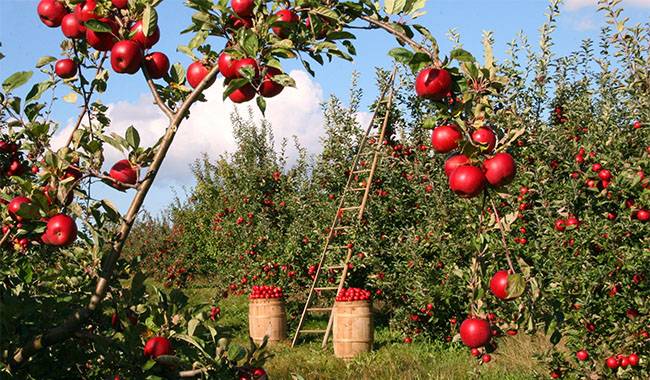
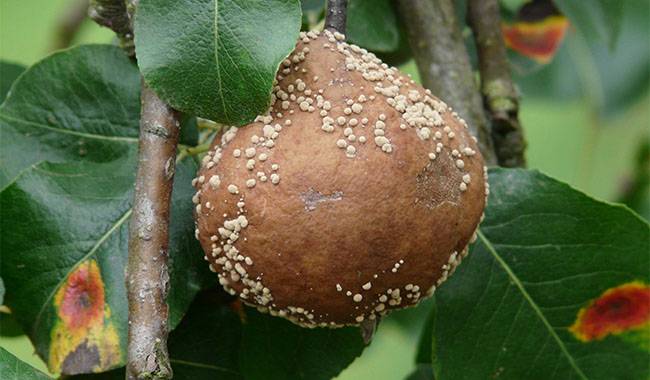
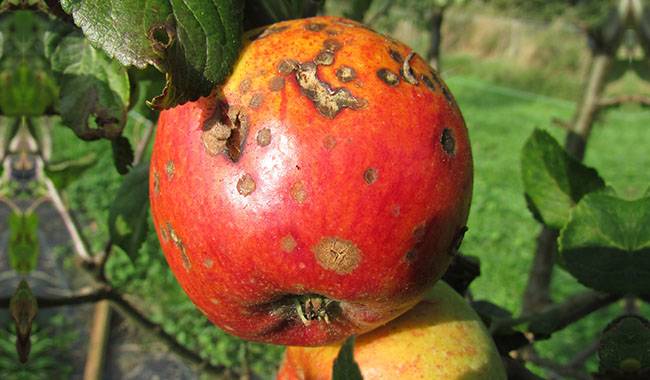
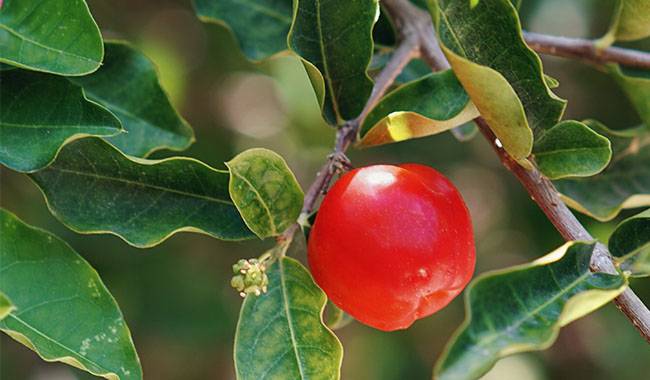
A gorgeous example of how to work with what you have, this is proof that you really can plant anywhere. Before taking old wheelbarrows or even barbecues to the skip, think about how to repurpose them as decorative plant containers. You may need to drill in drainage holes, but once that is sorted, fill them up with an array of foliage. Try Hosta, Caladiums, ornamental grass or you could even go for a wildflower mix for added colour and texture. Thrifty and fabulous.
this is nice site i really appreciate the work of who done this
congrats for this huge success
i suggest to my friends to visit this site
Huge, healthy green beans (Phaseolus vulgaris) contain high essential elements such as carbs and potassium. Growing your home bean plants enables you to eat these veggies right from the plant.
If you maintain them properly, you can grow significantly more beans. To grow sufficient large beans for food, the plants require an adequate quantity of water.
thank you!